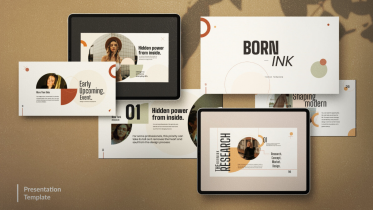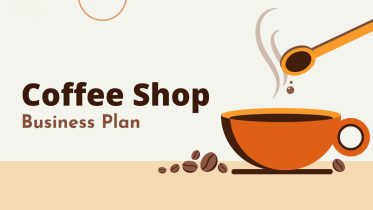Are you a student who needs to give an important presentation on your research project? Does the thought of standing in front of your classmates and professors with nothing but twenty slides bring you feelings of stress and anxiety? Don’t worry–you can create the perfect PowerPoint presentation that will make your audience members impressed with your work.
In this blog post, we’ll guide you through how to make an effective PowerPoint presentation that’ll have everyone wanting to hear more. You’ll also learn some mildly entertaining tips along the way that will help you impress even the toughest crowd! With a little bit of effort, being confident, and following our advice – even if public speaking isn’t something that comes naturally for you – we are sure you’ll be happy with the outcome. So let’s get started!
1. Get your ideas in order before starting to create slides
Ah, PowerPoint. The go-to tool for presentations in schools, offices, and just about any other setting where ideas need to be shared. No doubt you’ve seen your fair share of poorly crafted slides, complete with clip art that looks like it’s from the early 2000s and font sizes that make it impossible to read. But fear not, dear reader, for you can avoid falling into that trap. The key is to get your ideas in order before starting to create your slides. Don’t just dive headfirst into the design process. Take some time to brainstorm and organize your thoughts. That way, your presentation will have a clear message that’s easy to follow. And hey, who knows? Maybe with a bit of planning, your next PowerPoint may just be the talk of the town.
Extra tip: say no to plagiarized work!
PowerPoint presentations are a staple in both the classroom and workplace, but did you know that submitting plagiarized work could ruin your reputation? You don’t want to be the one presenting someone else’s ideas as your own. That’s where plagiarism checkers come in handy. Try plagiarism checker online to see how similar your work might be to others’. These tools provide a quick and easy way to double-check your work before submitting it.
So don’t be lazy, give it a try! You might get to sleep a bit easier at night knowing that your work is 100% original.
2. Choose the right font and color palette for maximum impact
The content is nailed down, but now comes the fun part – choosing the right font and color palette to truly make your information pop. First things first, choose a font that is legible and reflects the tone of your presentation. For example, if you’re presenting about the latest fashion trends, using a playful font like “Comic Sans” may not be the best idea. Stick to a sans-serif font like “Helvetica” or “Arial” for a clean, professional look.
As for colors, the key is to stick to a palette that compliments each other and draws attention to the content. A foolproof method is to use the color wheel to choose complementary colors – opposites attract, after all! And remember, less is more – too many colors can detract from the impact of your presentation.
3. Add visuals
By adding graphics and photos to your slides, you’ll instantly transform a drab presentation into a visual masterpiece. Not to mention, your audience will thank you for sparing them another hour-long lecture. After all, we humans are visual creatures – we’re more likely to remember information when it comes attached with an image.
But what type of visuals should you add? The answer is simple: ones that enhance your message. Consider adding diagrams, charts, or photos that relate to the topic at hand. Maybe throw in a meme or two (if appropriate). Just remember, the goal is to engage and inform your audience, not send them into a spiraling boredom-induced coma.
4. Keep slides concise and focused
While we can’t do much about the content of the presentation (sorry, folks), we can tackle one common issue: overcrowded slides. You know the ones – where the text is so small that you need a microscope to read it, or where there are so many images that it looks like a collage from a kindergarten art class. Instead, let’s keep things concise and focused. Stick to the main points, use clear and easy-to-read fonts, and only use images if they enhance your message. Your audience will thank you for it!
5. Make sure your presentation is visually appealing
A consistent layout and design elements not only show off your attention to detail, but they also help to communicate your ideas clearly. And don’t be afraid of white space! It gives your audience’s eyes a break and lets them focus on the important points you’re making.
6. Include relevant data points to support your research
What’s a superhero without their trusty sidekick? And in this case, that trusty sidekick is relevant data points. Including these bad boys in your presentation can really pack a punch and give your research the validation it needs. But beware, not all data points are created equal. Make sure you carefully select the ones that truly support your research and avoid those that are more of a distraction. Ask yourself, “Would Captain Data use this in his own presentation?” And if the answer is yes, then you’re on the right track.
Conclusion
Creating a killer presentation takes effort and attention to detail, but the results are well worth it. By following these simple steps, you can easily transform your presentation into a truly engaging and informative experience. Now go forth and slay those presentations! Good luck!






